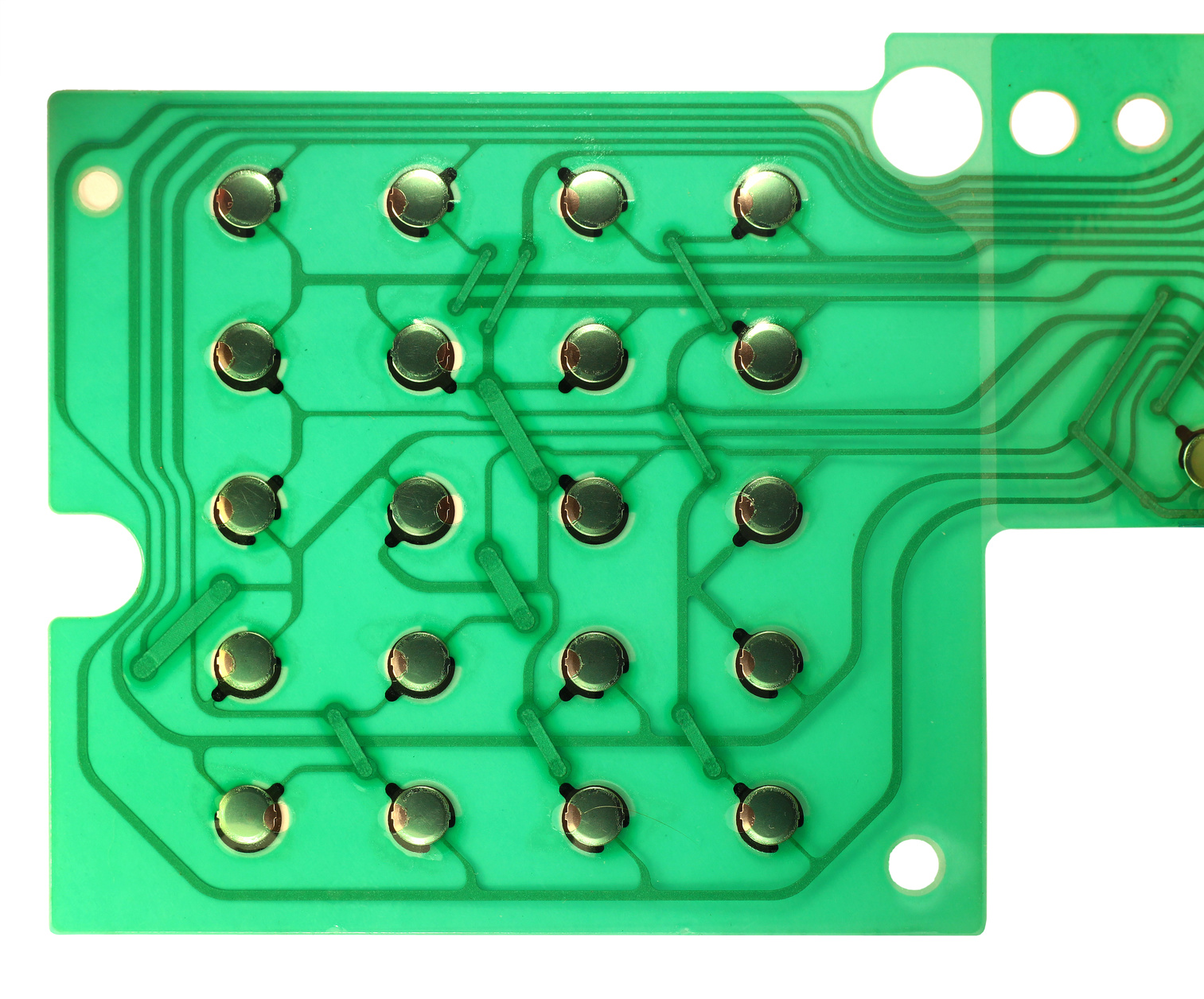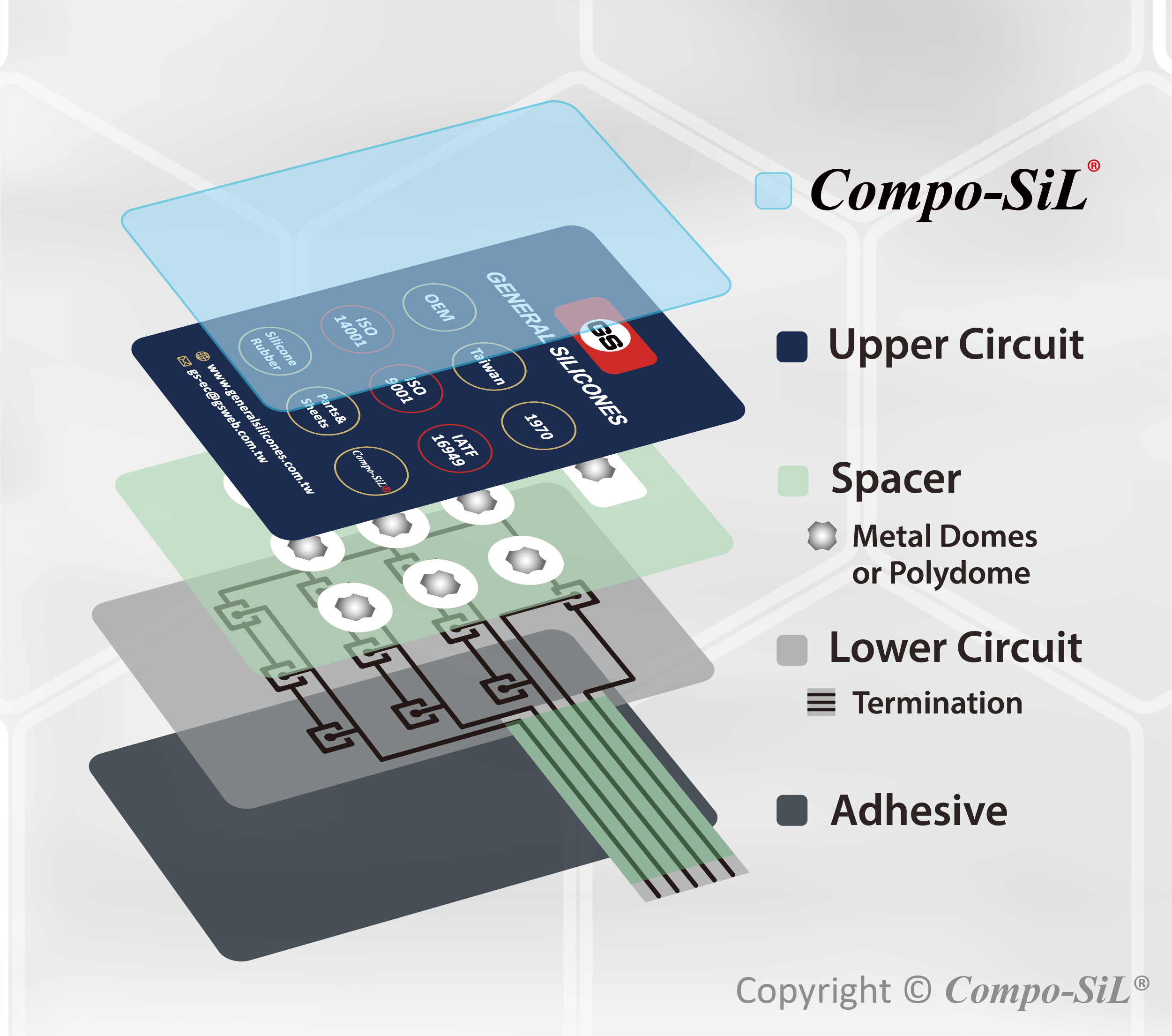Comprehending the Significance of Membrane Switches in User User Interfaces
Membrane buttons are essential parts in the style of effective interface, helping with not just performance but likewise enhancing visual appeal and individual interaction. Their special features, such as resistance to personalized designs and ecological factors, make them ideal for a varied range of applications throughout multiple sectors. As we explore the different benefits and future trends connected with Membrane technology, it comes to be clear that these switches are much more than simply components; they represent a merging of innovation and functionality. The effects of this technology on individual experience deserve checking out even more.
What Are Membrane Buttons?

The spacer layer, which contains adhesive properties, enables the splitting up of the circuit layer from the overlay, making sure that the switch remains in a non-activated state till pressed. When pressure is put on the overlay, it presses the spacer layer, connecting the space and completing the circuit in the underlying layer. This design not just minimizes the physical space needed for typical mechanical buttons but additionally improves the sturdiness of the device, as Membrane switches are generally immune to dust, moisture, and various other environmental factors.
Generally discovered in applications varying from customer electronics to clinical devices, Membrane switches are indispensable to contemporary technology, giving a effective and user-friendly user interface that aligns with contemporary style requirements.
Benefits of Membrane Buttons
While numerous button technologies exist, Membrane Switches offer unique benefits that make them especially preferable in various applications. Among the key benefits of Membrane buttons is their small layout, which allows for space-saving applications in tools where genuine estate is restricted. Their thin profile not just boosts aesthetic charm yet also assists in lightweight building.
An additional significant advantage is their resistance to ecological factors. Membrane switches are commonly sealed against wetness, dirt, and contaminants, making them optimal for usage sought after environments, such as medical gadgets and commercial tools. This durability prolongs the life expectancy of the button, lowering maintenance costs and improving reliability.
Additionally, Membrane buttons can be tailored to fulfill specific design requirements, incorporating distinct graphics and colors that improve individual communication. Their responsive comments alternatives can additionally be customized to give a satisfying user experience. Additionally, Membrane buttons are cost-efficient, particularly in high-volume applications, as they can be produced successfully.
Applications in Different Industries

In the customer electronics field, Membrane switches prevail in gadgets such as microwaves, washing equipments, and push-button more info here controls. Their tactile responses and aesthetic alternatives improve user experience while giving a sleek, modern look. In addition, automobile manufacturers use Membrane buttons in dashboard controls and infomercial systems, where space is restricted, and user interaction is crucial.
Moreover, the industrial field leverages Membrane buttons in control panels for machinery and devices, enabling user-friendly procedure in typically harsh atmospheres. Their resistance to chemicals and moisture makes sure long life and dependability in these applications. On the whole, the adaptability of Membrane Switches adds considerably to their prevalent use, making them vital in numerous technological domain names.
Layout Considerations for Membrane Switches

When designing Membrane switches, several crucial factors to consider must be considered to ensure optimal functionality and individual experience. The choice of materials is crucial; selecting resilient, premium substrates can improve the switch's longevity and resistance to environmental factors such as dampness and temperature level variations.
Second of all, the style of the graphic overlay ought to prioritize clarity and ease of usage. Symbols and text should be clear, and the layout should promote instinctive communication (membrane switches). Furthermore, tactile feedback is essential; including a responsive dome or other mechanisms can boost the individual experience by offering physical confirmation of activation
An additional crucial element is the switch's electric performance. Designers have to make sure that the conductive traces are correctly designed to decrease resistance and prevent signal interference. This entails evaluating the required actuation pressure and guaranteeing compatibility with the digital elements they will user interface with.

Future Fads in Membrane Modern Technology
As technology remains to advancement, Membrane switches are positioned to develop dramatically, driven by developments in products and manufacturing strategies. One emerging pattern is the incorporation of sophisticated products, such as flexible substrates and conductive inks, which boost resilience and minimize check it out the total weight of Membrane switches. These products not just improve the responsive feedback but likewise enable the design of switches that can hold up against harsher environmental conditions.
Moreover, the assimilation of touch-sensitive technologies is transforming standard Membrane Switches into more interactive interface. Capacitive touch sensing units installed within Membrane button panels can provide a much more receptive and instinctive user experience, lining up with the growing need for streamlined, modern-day layouts in customer electronics.
Additionally, developments in printing methods, such as electronic and 3D printing, enable fast prototyping and modification of Membrane buttons. This adaptability permits manufacturers to respond faster to market demands and consumer preferences.
Lastly, sustainability is becoming a significant focus, with manufacturers exploring environmentally friendly materials and processes. As these trends unravel, the future of Membrane modern technology guarantees improved performance, resource aesthetic appeal, and environmental duty, strengthening their function in sophisticated interface across various sectors.
Verdict
Finally, Membrane Switches stand for a crucial element in the design of user interfaces, incorporating capability with aesthetic flexibility. Their benefits, consisting of sturdiness and resistance to environmental factors, make them ideal for diverse applications across numerous markets. Thoughtful style factors to consider improve user communication and experience. As improvements in technology proceed, the development of Membrane switches is anticipated to additional refine interface, driving development and boosting functionality in an increasingly intricate technological landscape.
Membrane switches are important parts in the design of efficient customer interfaces, helping with not only capability but likewise boosting visual appeal and individual communication.Membrane Switches serve as an important part in numerous customer interfaces, helping with a seamless communication in between customers and electronic devices.While many button modern technologies exist, Membrane Switches offer distinct advantages that make them especially preferable in numerous applications.Moreover, Membrane switches can be customized to meet particular style demands, including one-of-a-kind graphics and shades that boost user interaction.In conclusion, Membrane Switches stand for a vital component in the design of user interfaces, combining functionality with aesthetic flexibility.
Comments on “Top Applications for Membrane Switches in Consumer Electronics”